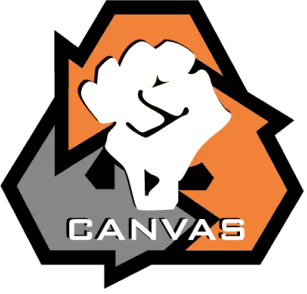Feb 13, 1960-1960
United States of America
Lunch Counter Sit-ins
Share
ACTIVISTS/ACT.GROUPS/DESCRIPTION OF THE GROUP
Nashville Student Movement & the Nashville Christian Leadership Council
TARGET
Jim Crow South
WIDELY HELD BELIEF
Racial segregation in public eating places is unjust and should be banned.
CASE NARRATIVE
Issue and Opponent: Influenced by the earlier Greensboro Sit-Ins of North Carolina on February 1, 1960, The Nashville Sit-Ins between February 13, 1960, and May 10, 1960, were one of the earlier examples of a non-violent direct-action campaign. Black students in Nashville, Tennessee frequently took seats at all-white lunch counters as a form of protest and refused to stop until the segregation laws were changed. The Sit-Ins were largely coordinated by the Nashville Student Movement (NLS), as well as the Nashville Christian Leadership Council (NCLC), their leaders Diane Nash and John Lewis. The first protests took place on February 13, 1960, when Nashville college students took seats at “white-only” counters in various businesses around Nashville. These businesses included: Kress (now K-Mart), Woolsworth’s, and McClennen’s. Dilemma Action: After purchasing their items, the students defied the segregation guidelines and took seats at the lunch counters. The store owners refused to serve these students and closed the counters, claiming they held the “moral right” to refuse service to whomever they wish. However, this did not stop the protests from taking place, and the frequency of the sit-ins increased even further, with locations such as bus terminals, drug stores, and major department chains being targeted. The “Black Saturday” controversy on February 27, 1960, had sit-in protesters raided by a White group of individuals opposing desegregation. This event remained controversial as only the Black protesters were arrested even though they didn’t retaliate against their attackers. The other event that shall be mentioned is that Looby’s home was destroyed in a bombing on April 19, 1960. Lobby represented both the NLS and the NCLC as their attorney, as well as serving to represent many of the other protesters fighting against segregation. Despite these setbacks, the college students refused to give in and continued to hold their demonstrations in a non-violent manner. Soon, the dilemma action of choosing to protest peacefully and non-violently put Nashville Mayor Ben West in a difficult position as it appeared that he was condoning violence against the Black community. Mayor West began meeting in private with both the protestors as well as Nashville businesses to work on an agreement for desegregating the city’s lunch counters. Outcome: Though the Nashville Sit-Ins movement voiced the desire for desegregation of the city’s lunch counters and inspired young Black men and women across the country to participate in sit-ins in their cities, it can be argued that it was ineffective in changing the minds of the businesses. Were it not for Looby’s house being bombed and the subsequent march of over 2,500 concerned Black individuals to city hall in mass protest, the Black community probably would not have had their wishes fulfilled so quickly. The movement raised the issues of segregation within the Nashville black community for all to see, however, it does not seem that it alone would have an impact on the decision to open lunch counters to Black citizens at the time.
PRIMARY STRUGGLE/GOAL
NONVIOLENT TACTICS USED
DA TACTICS USED
Social disobedience
CASE NARRATIVE WRITER
SUCCESS METRICS
9 / 12
(EREP) Dilemma action got replicated by other movements
(MC) Media Coverage
(MSYMP) Media coverage was sympathetic to the activists
(OR) Opponent response
(PS) Dilemma action built sympathy with the public
(PUN) Punishment favored the activists
(REFR) Dilemma action reframed the narrative of the opponent
(RF) Dilemma action reduced fear and/or apathy among the activists
(SA) Dilemma action appealed to a broad segment of the public
PART OF A LARGER CAMPAIGN
3 / 3
Activist group continued working together after the action
Encouraged more participants to join the movement
Internally replicated by the same movement
RESOURCES
Project documentation
Dilemma Actions Coding Guidebook
Case study documentation
Dilemma_Actions_Analysis_Dataset
SOURCES
https://www.blackpast.org/african-american-history/nashville-sit-ins0960/. Accessed April 15, 2022.
Passanante, Aly. 2011. “Nashville students sit-in for U.S. civil rights, 1960,” Global Nonviolent Action Database. Retrieved July 20, 2023. (https://nvdatabase.swarthmore.edu/content/nashville-students-sit-us-civil-rights-1960).
Wynn, Linda T. 1991. “The dawning of a new day: The Nashville sit-ins, February 13, 1960 – May 10, 1960,” Tennessee Historical Quarterly. Retrieved July 20, 2023. (https://www.jstor.org/stable/42626921).
Bliss, Jessica. 2020. “60 years ago, they sat down at Nashville lunch counters–and sparked a movement against segregation,” The Tennesean, February 13. Retrieved July 20, 2023. (https://www.tennessean.com/story/news/local/2020/02/13/nashville-lunch-counter-sit-ins-60th-anniversary/4729614002/).
Related cases
Jun 1, 2020-2020
Russia
In 2020 a vote was planned to amend the Russian constitution and allow President Vladimir Putin to extend his rule into 2036.At the time all mass gatherings were banne...
/
Dec 1, 2008-2008
United States of America
Activist Tim DeChristopher made false drilling bids and defrauded the government in his attempt to prevent the sale of land to oil companies.
Dilemma Action: Tim...
/
Sep 1, 2009-2009
Kazakhstan
In the years before the first election in 2005, President Nazarbayev’s government’s repression of public demonstrations was very strict, especially against human...
/
Subscribe to our newsletters to get full access to all materials on our website.

